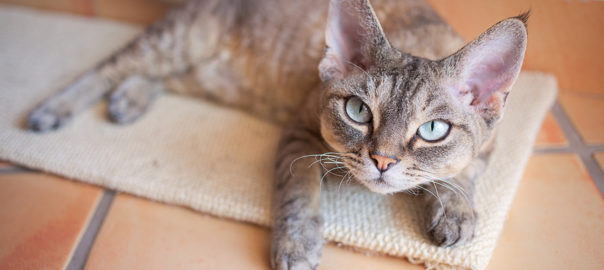Do dogs’ personalities vary depending on their coat color? That’s what a reader asked, and here’s what science tells us about the answer.
Q: I’ve heard that Labs have different personalities depending on their color. Is that true?
A: That’s a persistent myth about many breeds, including Labrador retrievers. For instance, chocolate Labs are thought to be difficult to train. Some people believe black Labs make the best hunters. Yellow Labs have a reputation for being mellow.
In other breeds and species, Dalmatians with liver-colored spots are said to be more laid-back. Black pugs have a reputation as high-energy criminal masterminds, while fawns are said to be sweet and gentle. Orange cats are sweet while tortoiseshells have “tortitude.” Calico cats are clowns.
In some breeds, temperament differences are seen between working and show lines of dogs and may be associated with color — as in the idea that black Labs make the best hunting dogs. But all colors of Labs can make excellent companions, family dogs and hunting dogs.
In any breed, breeders may select for a specific color and temperament. Any time breeders select for a particular coat color, they may unintentionally end up with a particular behavior characteristic. Conversely, when breeders select for temperament, ending up with a desirable color or pattern is a bonus.
In Labs, at least, the two genes that decide coat color are unrelated to anything else about the dog, including personality or temperament. All three colors can appear in a single litter. And genetically speaking, yellow Labs are yellow only because they have a recessive gene from each parent giving them that color. Without those recessive genes, they would be black or chocolate Labs.
Just as in the human population, personalities differ among individuals, and not along color lines. A Lab is a Lab is a Lab. Color doesn’t affect temperament, but parents and ancestors do. Remember the saying: No good dog is a bad color.
Read more in Pet Connection, the weekly nationally syndicated pet feature I co-write with Kim Campbell Thornton and my daughter, trainer Mikkel Becker.




